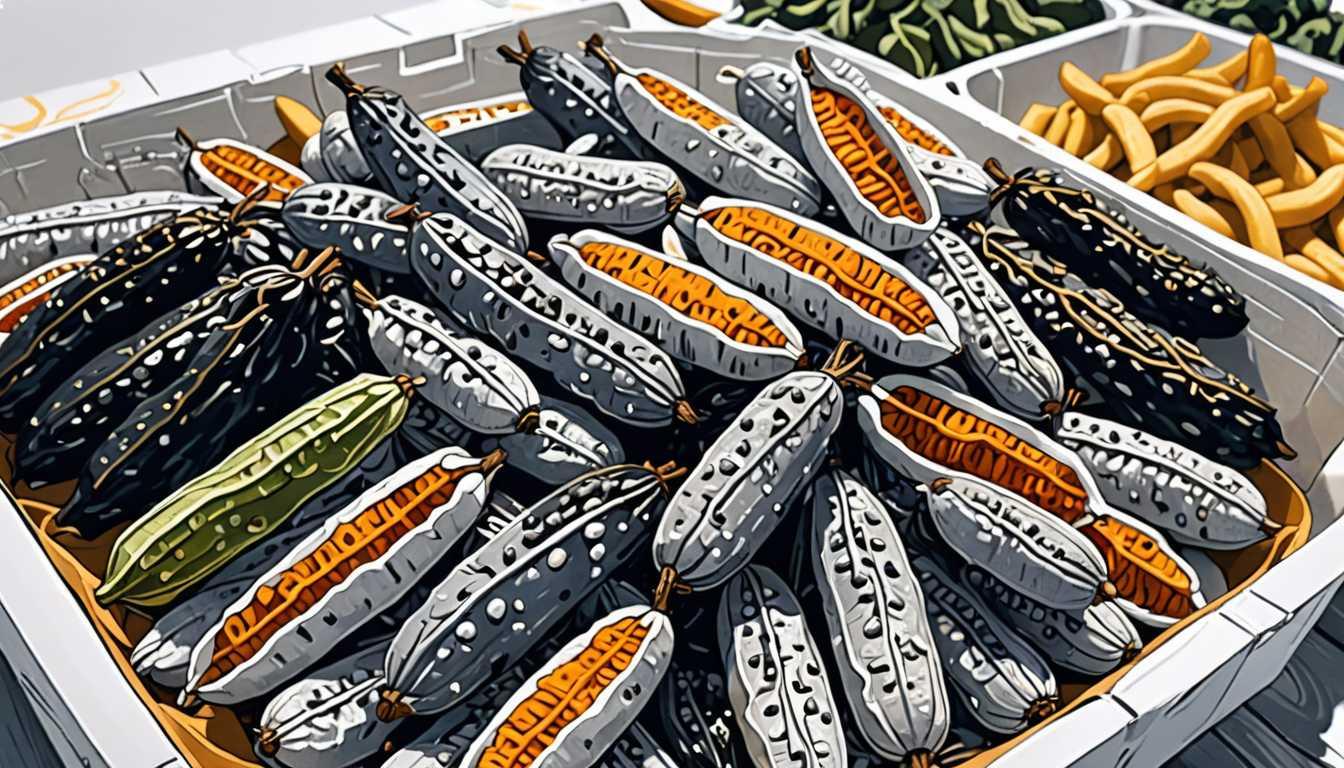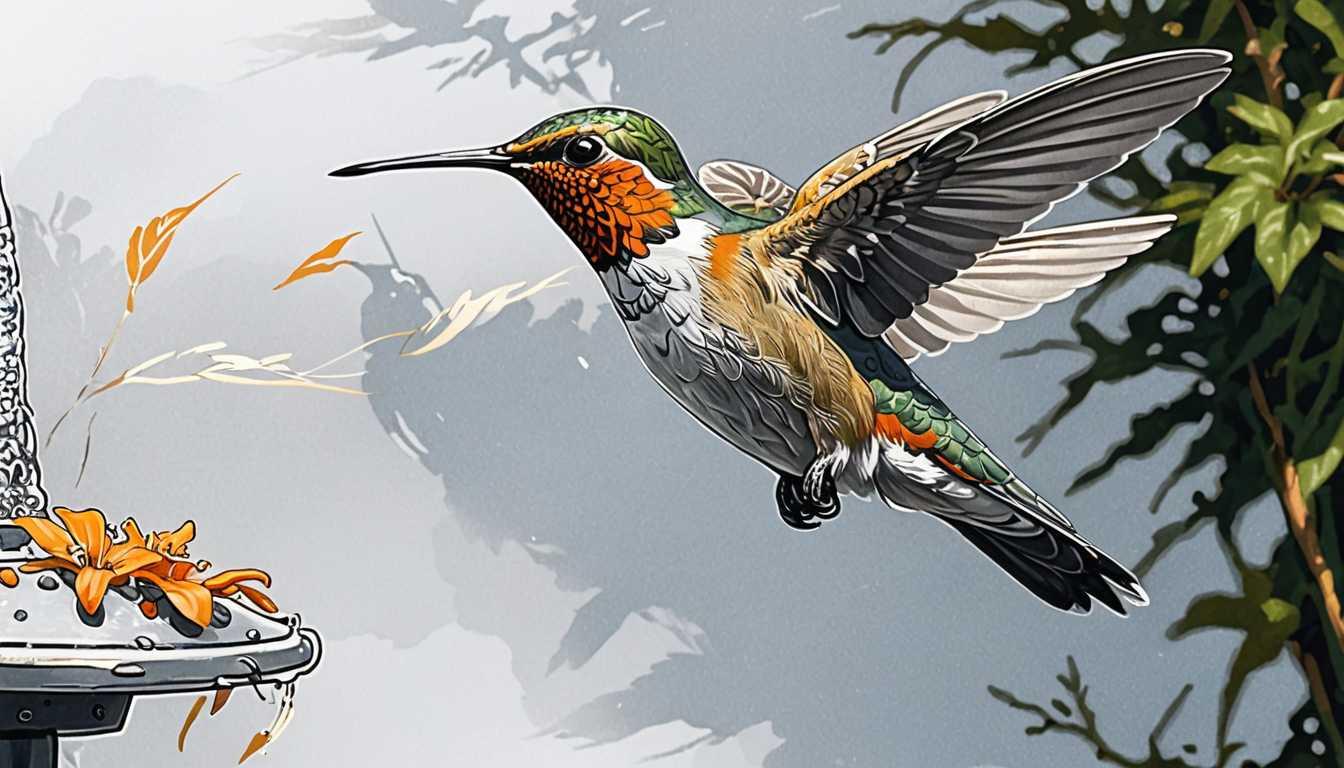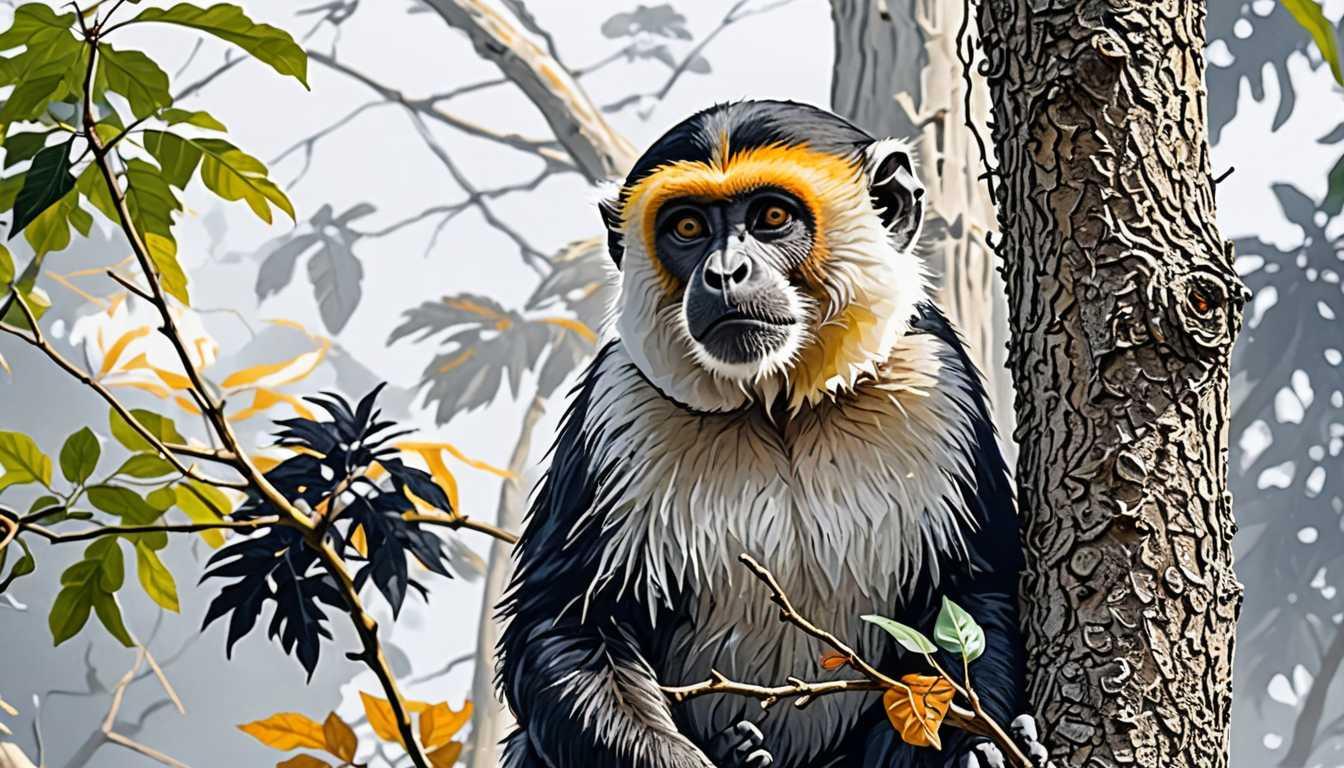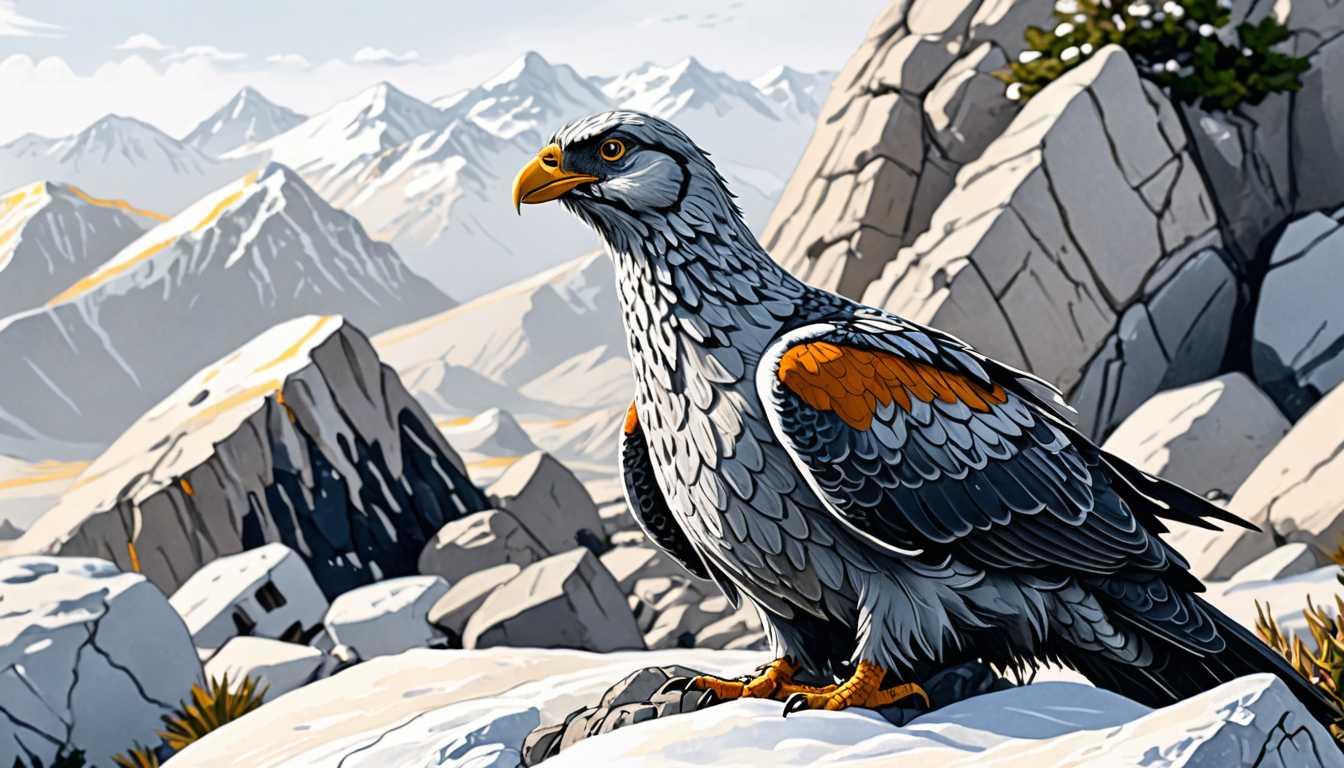Colorful Creatures: Fear or Fascination?
August 2024
UC Berkeley
Introduction
Did you ever wonder why some animals get all the love while others are seen as pests? A fascinating study from UC Berkeley dives into how color influences our feelings toward wildlife. From albino squirrels to black panthers, this article explores the psychology behind why we adore some creatures and fear others. Get ready to rethink your favorite animals and discover the hidden biases that shape our interactions with them!
READ FULL ARTICLEWhy It Matters
Discover how this topic shapes your world and future
The Colorful Connections Between Us and Wildlife
Understanding the unique coloration of animals, like albino squirrels, opens up a fascinating conversation about how we perceive wildlife. This topic isn't just about cute animals with extraordinary fur, it's about the deeper implications of our biases and preferences. Why do we adore certain animals while others are seen as nuisances? Globally, this can affect conservation efforts, wildlife protection laws, and even the way we interact with nature. These perceptions can lead to serious consequences for species that lack charisma or unique features. As you navigate your teenage years, consider how your own perspectives shape your interactions with the world around you—whether it's with nature, peers, or even how society views different cultures.
Speak like a Scholar
Albinism
A genetic condition where animals (or humans) lack pigment in their skin, fur, or eyes, leading to white coloration and red or pink eyes.
Leucism
A genetic mutation that causes partial loss of pigmentation, resulting in white or lighter-colored fur but with dark eyes—different from albinism.
Melanism
A genetic variation that results in darker pigmentation, making animals appear black or very dark in color.
Conservation
The practice of protecting and preserving wildlife and their habitats to maintain biodiversity.
Bias
A tendency to prefer one thing over another, often in a way that is unfair. In this context, it refers to how we might favor certain animals based on their color.
Charisma
The personal appeal or attractiveness of an animal that makes people feel drawn to it, often influencing their protective instincts.
Independent Research Ideas
The Impact of Color on Wildlife Conservation Strategies
Investigate how different animal colorations affect public support for conservation initiatives. Explore the psychology behind why people may support the protection of albino animals over melanistic ones.
Cultural Symbolism of Color in Animals
Examine how different cultures interpret colors in animals and how this shapes policies related to wildlife protection.
Urban Wildlife Perceptions and Human Interaction
Study how the presence of unique animal colorations in urban environments affects human behavior and wildlife interactions.
Ethics of Wildlife Protection Based on Appearance
Analyze the moral implications of protecting certain animals while neglecting others based solely on their physical traits.
The Role of Media in Shaping Wildlife Perception
Research how news coverage of charismatic animals influences public opinion and conservation efforts compared to less exciting species.
Related Articles

Sea Cucumbers: A Culinary and Conservation Crisis
June 2024
Cornell News Highlights

Electricity: Nature's Hitchhiking Secret
January 2025
U of Bristol Research news

Monkeys, Stress, and Surviving Droughts!
January 2025
UCLA Health + Behavior

The Methuselah of Hedgehogs Uncovered
February 2023
Phys Org

Everest: A Peak of Biodiversity
September 2022
National Geographic